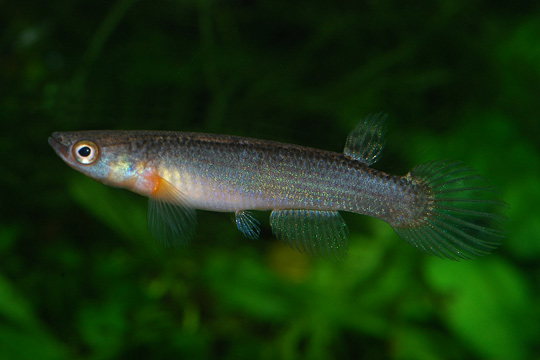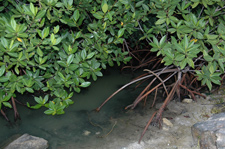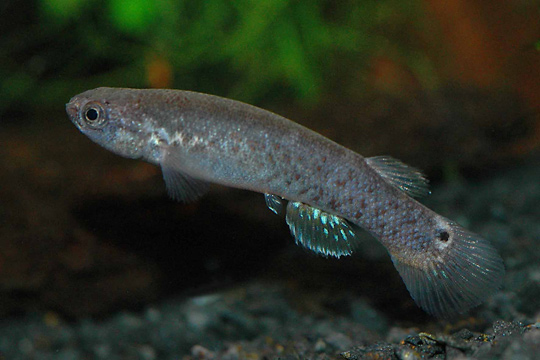Coastal lowland, marches and marine coastline.
Along South America's coastline the land is either occupied by people and more or less urbanize or, because of the fertile and rich soils, used for cultivating crops like palm-oil, bananas, sugarcane, rice, vegetables and fruits. Sometimes the coast however is, as a result of insufficient watermanagment or inaccessibility not suitable for urbanization and often inundated by waters from the rainfall or the tidal incoming seawater. These marches or swamps, as far as they are not salty, often serve as water reservoirs for the people's drinking water and provide fishermen a good daily catch of freshwater fishes.
The more a countries could have manage to control the water levels the more urbanization takes place. The Dutch, at certain times in control of countries as Guyana and Surinam, did manage already at the end of the 19the century the water at their coastlines by building seawalls and canals that had sluices to be closed during high water level of the sea and opened during low tides. So was it possible to occupy wetland that was situated even under the actual sea level.

Rivulus always seek for niches, places other fish (predators) cannot reach. So the swamps are less occupied by them and only isolated waters give the proper habitat to these species. The members from the R. urophthalmus complex are present in ditches in the cities along the coast and live hidden between vegetation among live bearers and cichlids and survive mainly because of there robust size and ability to leave the water if attacked by a predator. They themselves predate on the smaller Poecilidae that are present in huge numbers and further eat the larvae of mosquito's and other insects.
Migration of species along these coasts became easy and for Killifish like Rivulus the natural spreading of one species resulted in a high number of colour varieties and graduations. The number of different Rivulus taxa however is low.

In brackish waters along the coastline, and even in pure marine water, the hermaphrodite species Kryptolebias marmoratus is present where it lives in the mangroves and seeks shelter in crab holes along the low waterline and in shallow marches. The Kryptolebias feeds mainly on mosquito larvae. It is the only hermaphrodite species in the world of Killies. In my vision this species is the the oldest ancestor of many Rivulus species and even of most other Rivulidae in South America.

Dwelling in Marine water the species was able to spread along the complete eastern shore line of the tropic section of the America's and caribbean islands. Ones species dwelled more inland and adapted to pure freshwater conditions different lineages could evolve under ever changing circumstances.